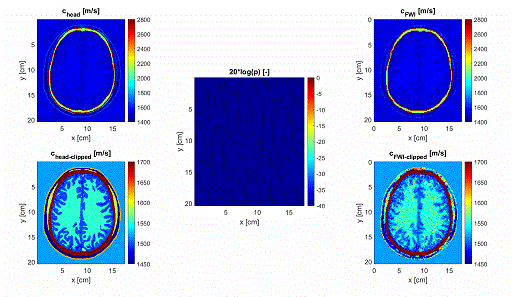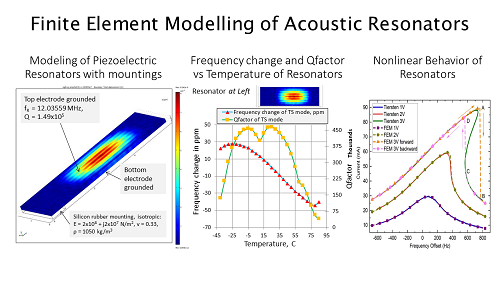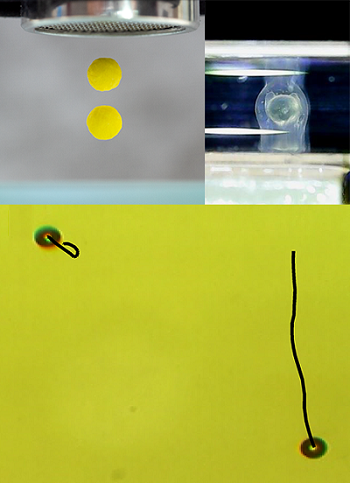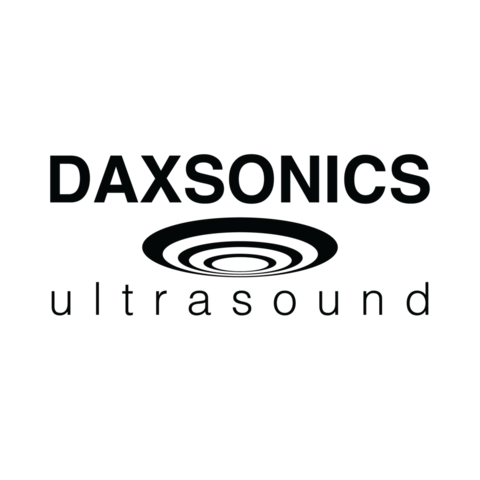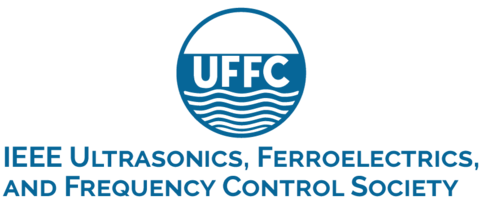Today’s precision piezoelectric acoustic wave devices require many common features such as high Q, low power, small size, and stringent requirements on frequency stability, temperature stability, and force sensitivity. Since the devices are employed as elements of frequency standards and detection, their frequency performances have to be maintained by precision designs, manufacturing, and operations. Consequently, the analysis and design of these piezoelectric devices would need 2-D or 3-D models that are accurate in terms of the resonator geometry, mountings and material properties. Furthermore, we would also need models for nonlinear analysis that include effects such as (1) temperature sensitivity, (2) applied forces from environmental vibrations, (3) harmonic generation, and (4) intermodulation. These models are useful for design and analysis of acoustic resonators because we have been successful in extracting their electrical circuit parameters and identifying the major factors impacting their precision frequency performances.
The course will first focus on the primary aspects of accurate linear finite element modeling, such as the frequency spectra and quality factor Q as functions of resonator geometry and mountings. Comparisons of model results with the relevant experimental results are presented. Next the nonlinear finite element modeling of these devices are discussed. Both linear and nonlinear material properties and deformations are taken into account. The linear and nonlinear material constants for common piezoelectric materials are discussed and presented. The nonlinear behavior of quartz resonators such as their frequency-temperature behavior, force-frequency effects, and nonlinear resonance including the Duffing effect will be presented. If time permits, nonlinear frequency response modelling for force frequency effects, harmonic generation and intermodulation of BAW and SAW resonators will be presented and compared to experimental results.


